Sometimes when I’ve finished a piece I’m just raring to go with the next piece taking shape in my head, but other times I find myself wallowing. Especially when I’m distracted by other activities – like holidays!, like finishing up a commission, and also like framing up 12 new watercolours for a show!
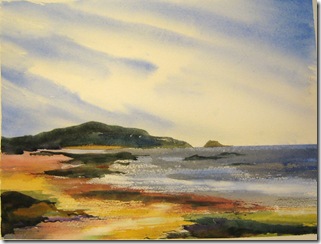
I started doing watercolours for two reasons: first, I found them a good way to sketch out an idea for a quilt, especially for a commission. I could draw/paint several ideas pretty quickly and because it was a little painting I wasn’t completely Locked In to specifics. (I’m not good at being Locked In! I don’t think creative people are). Secondly, I thought that in painting classes I would be able to pick up a basic art education. Well, I was wrong there! The painting classes I took were as lacking in composition, design, colour theory etc as the art quilt workshops I had taken at that time. In frustration I turned to books, and from them I have learned a lot – people have been writing books about painting and art for hundreds of years!
I learn best from books if I make myself take notes, articulate the ideas aloud, then type them up and reread them a couple of times. Recently I’ve been reading a very old book on Composition by Arthur Dow first published over a hundred years ago…..And what is he complaining about? Poor art education!! He felt very strongly that learning about composition (which he defined as the putting together of the elements of line, value and colour) to be a better approach to understanding art than what he styled “imitative” drawing.
He stated that the first step in an art education should be learning how to unite elements harmoniously. He proposed a series of exercises from “simple harmonies” to the “highest forms of composition”. You can see this in music training and it makes sense – but I have not seen it done in art. He felt approaching art training in this way “through structure” was vastly different from the main training method used when he was a teacher in the early 19th century which was “imitation”. (and is still be used today!).
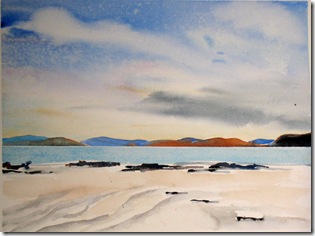
He wrote: “composition, building up of harmony, is the fundamental process in all the fine arts”. His main thesis was that one should learn the steps involved in making art one by one, practice them…and then gradually being able to use them without thinking about them consciously.
Imitation vs structured learning.
It’s tempting to teach by imitation (in Yorkshire we called it the “sit by Nellie” approach!) because it’s much less onerous for the teacher… that’s the way art classes were done when I was at school..but how much can you actually learn? Unless you have a natural talent and actually just forge ahead on your own while sitting by Nellie. ..Imagine trying to learn to play the piano without knowing about different keys, different rhythms, or even what a rhythm was? It’s the equivalent of playing you a recording of Rubenstein and then saying well there’s the piano, now have at it!!! As Dow says “an infinite amount of time is wasted in misdirected effort”!
A more recent book which also advocates a basic understanding of elements and principles is Picture This by Molly Bang. Molly Bang describes her own art education as beginning when she was told by a friend that she didn’t really understand how pictures worked. In order to learn this, she read books, took classes, went to museums and galleries and finally decided to teach it herself – to children. From the children she learned that certain shapes and colours can evoke various feelings…and from that discovery she tells a story, a very emotional story involving hope, fear, terror, love, anger (Little Red Riding Hood) using just Dow’s three basic elements of line/shape, Notan (dark/light) and colour.

From the children and,later, adults she taught she became convinced that anyone could use “a few clear principles to build powerful visual statements: emotionally charged arrangements of shapes”. Using only those three basic elements in their simplest form she beautifully and clearly illustrates the basic principles of contrast and harmony, proportion and direction, rhythm, movement and economy all working together to convey the basic theme of each picture.
So…if you’re wallowing! Settle down and read a good book – there are lots of them out there!
And, if you have been, thanks for reading! Elizabeth
P.S all the pictures are of Iona which I visited last summer.
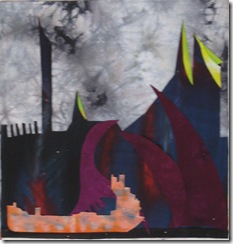 And everything that is IN should relate to everything else that is left.
And everything that is IN should relate to everything else that is left.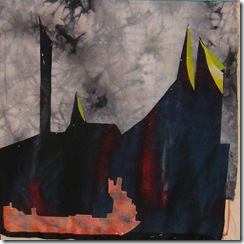
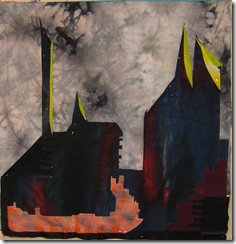
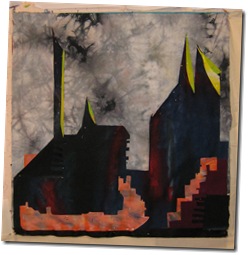
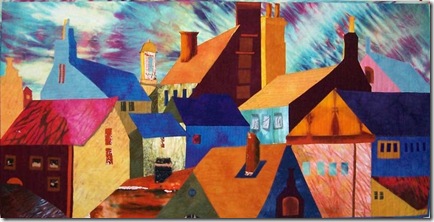
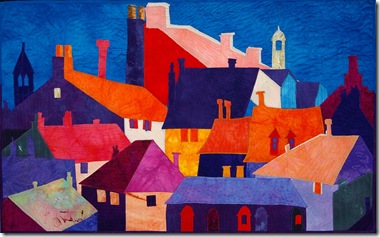
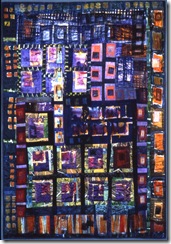

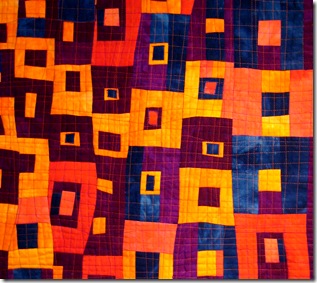
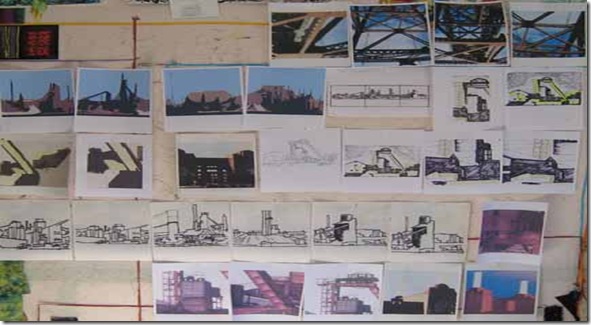
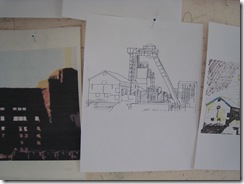
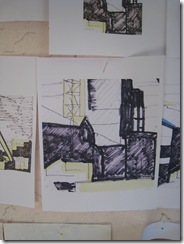
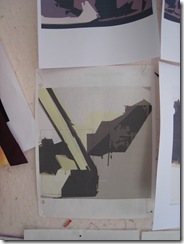

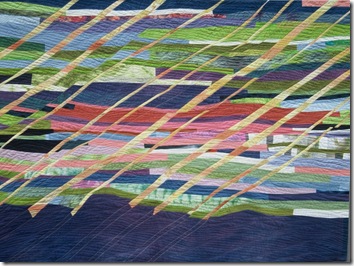
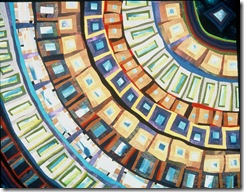

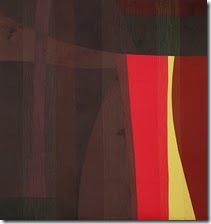
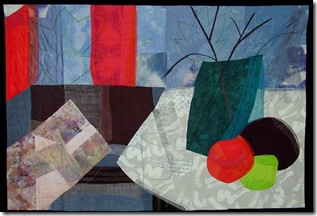
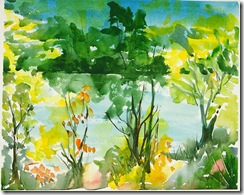
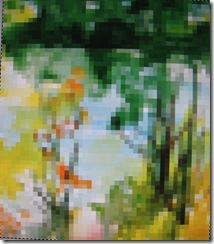
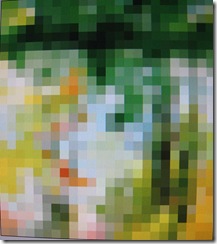
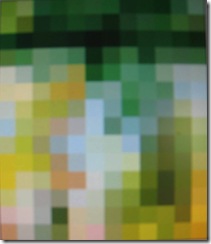



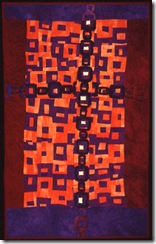

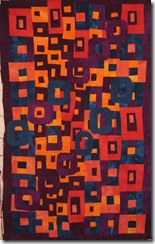
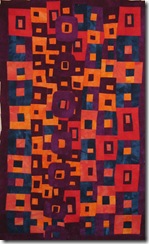
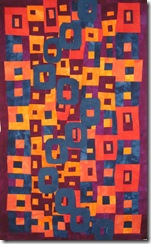
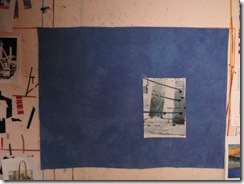
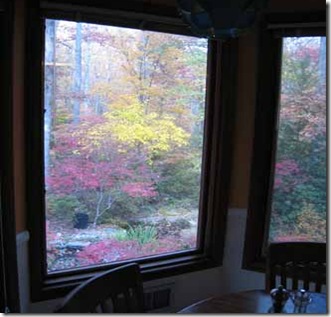

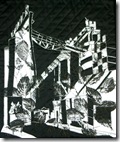

![hamilton small detail_thumb[4] hamilton small detail_thumb[4]](http://lh6.ggpht.com/_cE2JzmfFHoQ/Sx0oKbd_bNI/AAAAAAAABtg/p4QjAJ8d7x4/hamilton%20small%20detail_thumb%5B4%5D_thumb%5B2%5D.jpg?imgmax=800)
![thames power station_thumb[2] thames power station_thumb[2]](http://lh6.ggpht.com/_cE2JzmfFHoQ/Sx0oKyVZptI/AAAAAAAABto/-zPUMr3wsf4/thames%20power%20station_thumb%5B2%5D_thumb%5B2%5D.jpg?imgmax=800)
















